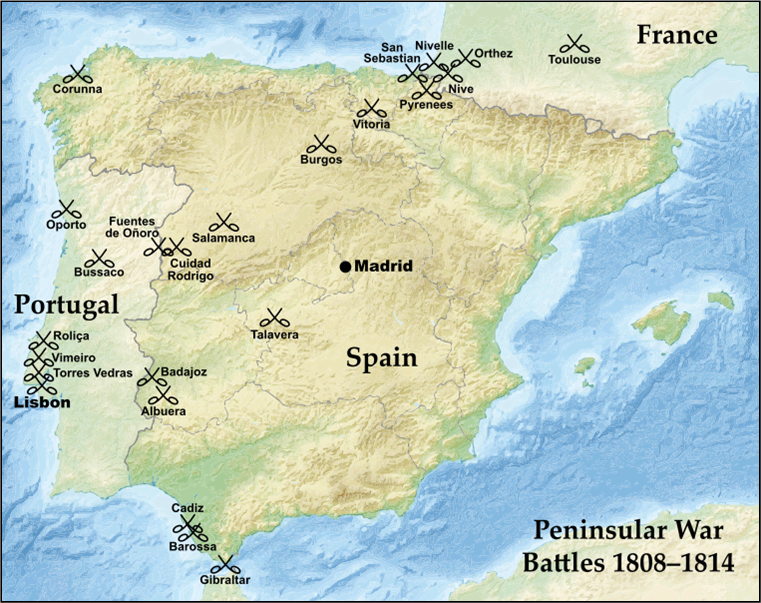


xxxxxAs we have seen, the Treaty of Tilsit of 1807 marked the height of Napoleon’s power. His aim now was to bring down Britain by an economic blockade. When Portugal refused to enforce this blockade, he invaded and occupied the country at the end of 1807. The following year he put his brother, Joseph, on the Spanish throne and this led to an uprising throughout Spain, joined by the Portuguese. Seizing this opportunity, in August 1808 the British sent an expeditionary force to Portugal, led by Sir Arthur Wellesley (the future Duke of Wellington). At first it met with success, but in January 1809, following the Battle of Corunna, the British army was forced off the peninsula for four months. On its return, however, in May, it drove the French out of Portugal and then, by the Battle of Vitoria in June 1813, expelled them from Spain. The British then crossed into France and occupied Toulouse, bringing the Peninsular War to an end. This conflict, involving some 200,000 French troops, was a serious drain on Napoleon’s money, men and material, and contributed in large measure to his eventual defeat. Apart from Corunna and Vitoria, the major battles were fought at Talavera (1809) and Salamanca (1812).
THE NAPOLEONIC WARS 1803 -
THE PENINSULAR WAR 1808 -
Acknowledgements
Wellington: by the
Spanish artist Francisco de Goya (1746-
xxxxxAs we have seen, the Treaty of Tilsit in 1807 marked the height of Napoleon’s power and prestige. By one means or another he virtually controlled the whole of Europe from the English Channel to the frontier with his “ally” Russia. Only one major country remained to be subdued, the island state of Great Britain, and he planned to bring that nation down by his Continental System. This was a blockade of British goods in every port on continental Europe, an economic stranglehold which, strictly enforced, was designed to bring about Britain’s collapse and force it to come to terms.
xxxxxBut the Continental System
was a two-
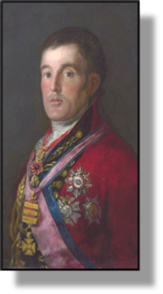 xxxxxIn October 1807, 30,000 French troops crossed into
Spain and, with Spanish support, quickly overran Portugal. Lisbon
was occupied in November, and the Portuguese royal family fled to
Brazil, escorted by British warships. To ensure that access to this
new acquisition was secure, however, the French took over Spanish
cities en route. Then in May the following year Napoleon intervened
in a power struggle between the Spanish king, Charles IV and his son
Ferdinand, and, deposing both, put his brother Joseph Bonaparte on
the vacant throne. It proved a step too far. The Spanish people rose
up in revolt, and were quickly joined by the Portuguese, determined
to regain their independence, so recently lost. The Peninsular War
(referring to the area of south-
xxxxxIn October 1807, 30,000 French troops crossed into
Spain and, with Spanish support, quickly overran Portugal. Lisbon
was occupied in November, and the Portuguese royal family fled to
Brazil, escorted by British warships. To ensure that access to this
new acquisition was secure, however, the French took over Spanish
cities en route. Then in May the following year Napoleon intervened
in a power struggle between the Spanish king, Charles IV and his son
Ferdinand, and, deposing both, put his brother Joseph Bonaparte on
the vacant throne. It proved a step too far. The Spanish people rose
up in revolt, and were quickly joined by the Portuguese, determined
to regain their independence, so recently lost. The Peninsular War
(referring to the area of south-
xxxxxThis outburst of national
rebellion was an opportunity the British could not miss. At the
beginning of August 1808 an expeditionary
force under the command of Sir Arthur Wellesley (Viscount Wellington
as from 1809) (illustrated above), landed in Mondego Bay, Portugal
with a force of 13,500 men. Having defeated the French at the Battle of Vimeiro, 30 miles
north-
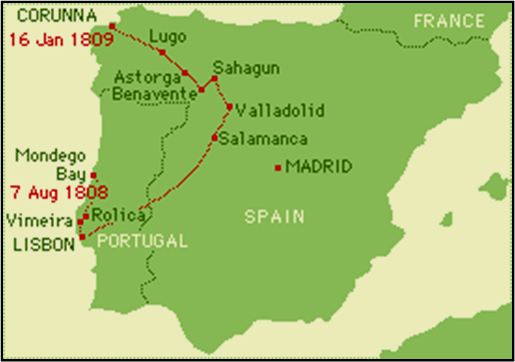 xxxxxFor
the Spanish, lacking an efficient regular army, the struggle then
developed into an effective campaign of guerrilla warfare, a series
of hit-
xxxxxFor
the Spanish, lacking an efficient regular army, the struggle then
developed into an effective campaign of guerrilla warfare, a series
of hit-
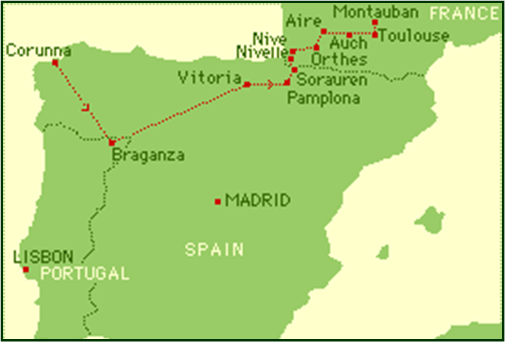
xxxxxWellington’sxfinal campaign began in 1813. In May of that year, with an army much enlarged by Spanish and Portuguese irregulars, he marched across the peninsula. He reached Vitoria in northern Spain in late June and here he met up with a French force commanded by King Joseph Bonaparte himself. Although he was outgunned, Wellington had superiority in numbers (some 75,000 to 57,000), and he used this fact to advantage. Advancing against the French in four columns he pushed back their centre line and left flank and then, after heavy fighting, put the right flank to flight. By early evening the French were in full retreat, leaving behind all their artillery and baggage. The Battle of Vitoria (June 1813) proved decisive. The French escaped into the Pyrenees and returned to France and, once the weather had improved, Wellington followed them, fighting his way across the mountain frontier, and taking Toulouse by storm in April 1814. The Peninsular War was over, just four days after Napoleon, defeated at Leipzig, had abdicated and surrendered to the Allies. The following month Ferdinand VII returned to Spain and claimed his throne.
xxxxxCompared with the major
battles being fought in central Europe, the Peninsular War was a
modest affair in some respects, but it nonetheless played an
important part in the downfall of Napoleon. Its constant need for
money, men and material was a weeping drain on French resources -
G3c-
 xxxxxIncidentally, the term
“guerrilla warfare” originated in the Peninsular War. These tactics
had been used from the earliest times of combat and were one time
known as “Fabian tactics” because they were used extensively by the
Roman commander Quintus Fabius Maximus Cunctator when opposing
Hannibal during his invasion of Italy in the Second Punic War (218-
xxxxxIncidentally, the term
“guerrilla warfare” originated in the Peninsular War. These tactics
had been used from the earliest times of combat and were one time
known as “Fabian tactics” because they were used extensively by the
Roman commander Quintus Fabius Maximus Cunctator when opposing
Hannibal during his invasion of Italy in the Second Punic War (218-
xxxxx…… The portrait of Wellington above is by the Spanish artist Francisco de Goya. We are told that later, when Wellington was showered with military honours, he insisted that Goya paint his new decorations onto his uniform! As we shall see, Goya’s The Shootings of May 3rd 1808, painted in 1814 and depicting a scene from the Madrid uprising, has become an enduring portrayal of the horror and cruelty of war. ……
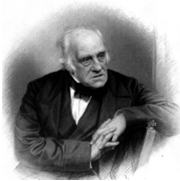
xxxxx……
ThexPeninsular War produced the first war
correspondent. In 1808 The Times of
London sent the English diarist Henry
Crabb Robinson (1775-
xxxxx……
Inx1828 the British general Sir William Napier (1785-
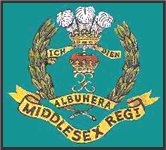
xxxxx……
Itxwas at the Battle
of Albuera in May 1811, one of the
bloodiest encounters of the Peninsular War, that the 57th Foot
(Middlesex Regiment), involved in fierce hand-
